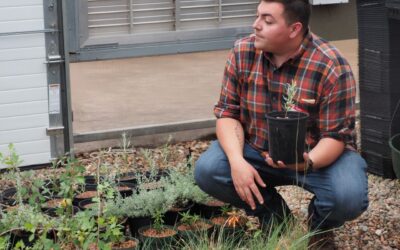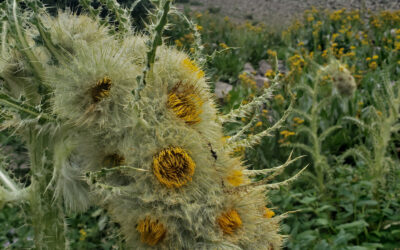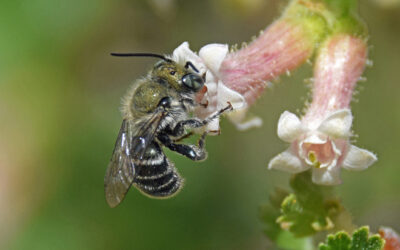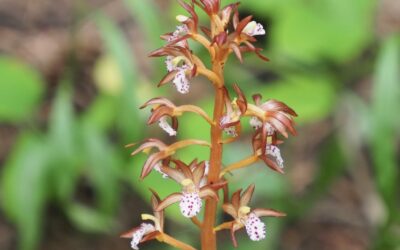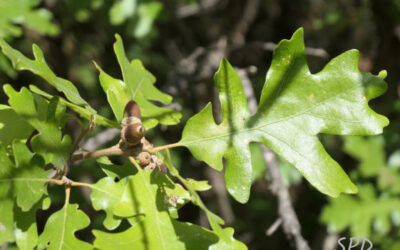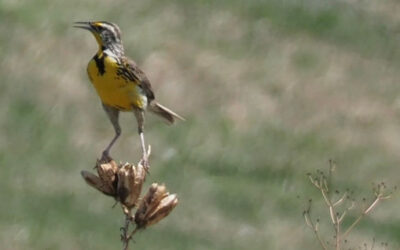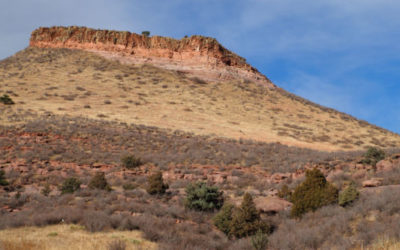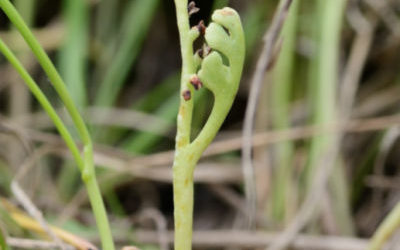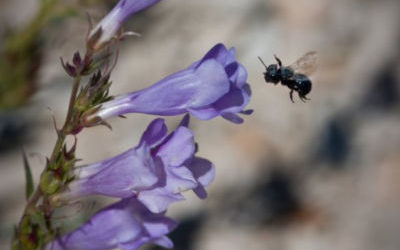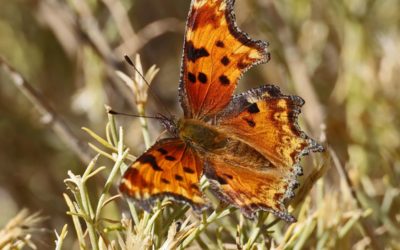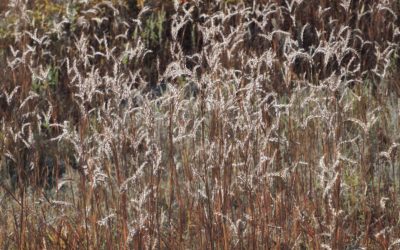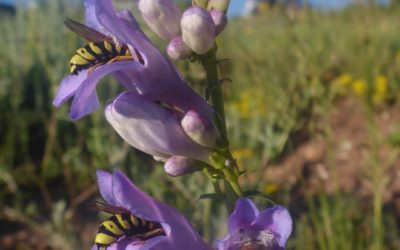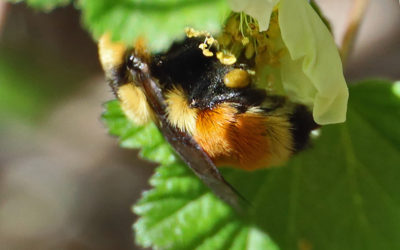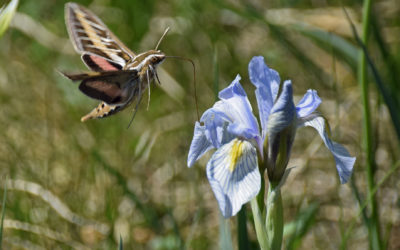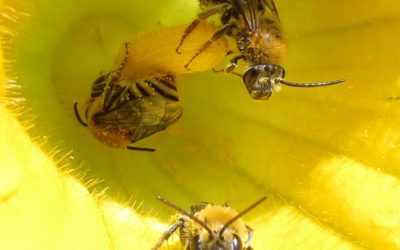CoNPS Blog
News, Events & Nature UpdatesYes, You Can Prairie Up!
You’ve been yearning to design a garden, yard, or meadow space but can’t seem to get a grip on which plants to include or how to design the site. Or maybe you’re in the middle of planning one of those spaces but myriad choices have you frozen with indecision. Help has...
2022 Conservation Committee Report
2022 was an active year for the Conservation Committee. We contributed four articles for our Conservation Corner column in Aquilegia covering subjects from using the iNaturalist app to fens, alpine ecology and the threats to Parachute Penstemon. We wrote...
Ozone Effects of Oil & Gas Development – CoNPS Comments
On December 2, 2022 these Comments are submitted by the Colorado Native Plant Society to the Colorado Oil and Gas Conservation Commission. We urge the Commission to grant the petition by WildEarth Guardians, 350 Colorado, Womxn from the Mountain, Physicians for Social...
Seasons of a Plant Lover
Pasqueflowers, Pulsatilla nuttalliana, are among the first natives to bloom in spring, providing rest and food for the earliest native bees. More about early bloomers.Well! Here we are again! When the winds of spring came and blew the doors open, we were outside in a...
The First Annual Native Plant Summit
The first Annual Native Plant Summit, led by the Colorado Native Plant Society and the Colorado Springs Horticulture Department, took place in Colorado Springs on Saturday, August 20 at the the city’s Horticulture Headquarters. It was a both a sold-out event and a day...
Know Your Thistles!
Let’s touch on a prickly kind of subject. Know your thistles before you kill them! When I was a young kid, I clearly remember my beloved Welsh pony eating thistle heads while I was riding him. From my vantage point I could see his soft lips stretch away from his teeth...
The “Currant” Situation
Some of the first early blooming native flowers in Colorado include shrubs in the Currant family. It is middle April as I write this, and strong wind whips with intensity across the San Luis Valley. As the soil continues to warm, the roots of perennial native plants...
2022 Mission Grant Recipients
Mission Grant Recipients The spring 2022 Mission Grant has been awarded to two recipients who are undertaking exciting projects to support native plantings with a public education component. The first award will support the Manitou Seed Library, an educational and...
2022 Myrna Steinkamp Grant Award Winners
2022 Myrna Steinkamp Grant Award Winners Tiffany Gentry, Master’s student, University of Colorado Denver; “Inferring the phylogeny of Eutrema penlandii to inform conservation measures and understand the biogeographical history of the Rocky Mountains.” $1000 Deannah...
Soil: It’s So Much More Than Dirt
All orchids, including this Colorado native orchid, Coralroot, Corrallorhiza maculata, are completely dependent on mycorrhizal fungi to begin their life cycle and and this reliance continues to varying degrees throughout their life. Photo credit: SPD Unseen, unheard,...
2022 Alice Eastwood Scholarship Awarded
2022 Alice Eastwood Scholarship Recipient: Miles Moore (Ecology and Evolutionary Biology, University of Colorado Boulder). $950. Miles is an amateur botanist, a research technician with the Institute of Arctic and Alpine Research, and a senior at the University of...
2022 John Marr Grant Recipients
In 2022 CoNPS awarded four John Marr Grants Kathryn Dawdy, Master’s student at Chicago Botanic Garden and Northwestern University; “The effects of advanced plant phenology on herbivory and plant demography.” $1000 Audrey Spencer, PhD student at University of Colorado...
CoNPS Comments on Land Dispute Between Developer and Town of Twin Lakes
On May 11, 2022 CoNPS was asked by the a land development company called Angel View to evaluate the effects of a water diversion on some fens on their property. Angel View was in a dispute with the town of Twin Lakes, which had diverted a stream, located in Forest...
Spring Comes to Joder Ranch
Purple partners: Pulsatilla nuttalliana, commonly known as Pasqueflowers. Often found in colonies one of the first showy blooms in spring.The first flowers of the year always bring a boost of exhileration, don’t they? And when spring comes to Joder Ranch lucky...
The Gambel Oak
The leaves of Gambel oak are pinnately lobed at least halfway to the midrib, and are rounded. The lower leaf surface has stellate hairs, with five or fewer arms. Fall colors are vibrant!It’s no gamble at all with the Gambel oak, Quercus gambelii, which is Colorado’s...
The UN Decade of Restoration – Are You Helping?
A multitude of insects will be feeding on this native plant, Yucca glauca, in spring, just in time for the Western Meadowlark to feed them to its nest of chicks. The majority of songbird babies must have a high-protein, easily eaten, and digestible diet of...
CoNPS Comments on Beardtongue Draft Recovery Plan
February 11, 2022 Ms. Ann Timberman – Western Slope Field Superviso Department of the Interior – Fish and Wildlife Service – Western Colorado Field Office|45 West Gunnison Avenue, #240Grand Junction, Colorado 81501 RE: Draft Recovery Plan for Parachute...
Hall Ranch
Hall Ranch was calling this afternoon, and I had to go. As the scenery spread out before me, buildings, signs, and overhead wires giving place to brown fields dotted with the occasional ponderosa, I found myself filled suddenly with gratitude for the fact that Hall...
Get A Little Moonwort Madness
“I have moonwort madness,” explains Steve Popovich, “Botrychulosis. It’s an incurable disease caused by a passion for moonworts.” After listening to his interview on a recent 'In Defense of Plants' podcast, it was easy to understand what that passion was all about....
A New-for-Colorado Bryophyte Species by Stacey Anderson
Plagiobryoides renauldii, an acrocarpous moss not previously known from Colorado, was found at Unaweep Seep State Natural Area in Mesa County. A bryophyte survey of the natural area was conducted on April 11, 2021, by a group of bryologists, including myself, Paula...
CoNPS Comments on Grand Mesa, Uncompagre, Gunnison Forest Plan
On November 7, 2021 CoNPS posted their comments on the Grand Mesa, Uncompagre and Gunnision National Forest Plan. Two of our outstanding members Gay Austin, a former employee of the Bureau of Land Management, and Peggy Lyon who worked for the Colorado Natural...
Mason Bees: Pollinator Heroes
Mason bees, in the genus Osmia and the family Megachilidae, are extremely efficient pollinators. They are known to be one of the most important and effective pollinators for the genus Penstemon. The photo on the left below shows a mason bee on Penstemon scariosus var....
Spring 2021 Mission Grant Award Winners
Spring 2021 Mission Grants Awarded to Mary Menz, C. J. Bradford, John Giordanengo & Ashley Bruner Spring 2021: The CoNPS Mission Grant committee awarded $310.00 to Mary Menz and CJ Brafford of the Ute Indian Museum to support herbarium collections documenting...
The Bouncy Butterfly Proboscis!
Butterfly pollination and some amazing facts: About three decades ago, I sat in an ecology class while the professor, Dr. Cheesman, went on about the amazing elasticity of the proboscis on a butterfly. I sat wide-eyed and amazed as he explained the tissues that assist...
Big and Little Bluestems Not So Blue in Fall
Perhaps you missed the flowers, they’re pretty tiny, but during the rich light of a late sunny afternoon, you can’t miss the brilliant shine of the seed heads of our two native grasses, Big bluestem and Little bluestem. So alike, yet so different, and each is from a...
Meet the New Executive Director – Maggie Gaddis!
Sue: Maggie, I am so excited that the Colorado Native Plant Society now has its first ever Executive Director, but I’m especially excited that it is you! At my first CoNPS conference three years ago you gave a presentation called ‘Botany and Ecocities: Restoring...
Pollen Wasps
Pollen Wasps will often rest in Penstemon flowers. These rested all night next to my tent. We all felt the sunrise together. Often mistaken for yellow jackets, but actually a non-stinging gatherer of pollen and nectar. You will not see a yellow jacket collecting...
Bumble Bees Pollinating Boulder Raspberry
Bumblebees pollinating Boulder raspberry- Rubus deliciosusIn Crestone, Colorado at 8,500' Just as we gather berries in a basket, bees gather pollen and nectar in their own specialized pollen baskets. On bumblebees these are called curbiculae. The curbiculae, or pollen...
Butterflies and Moths
"Butterflies are very active during the day and visit a variety of wildflowers. Butterflies are less efficient than bees at moving pollen between plants. Highly perched on their long thin legs, they do not pick up much pollen on their bodies and lack specialized...
Specialist Pollinators
Specialist Pollinators! One example of many specialists includes the squash bee. Colorado has a native squash called Buffalo Gourd- Cucurbita foetidissima. This native plant gets pollinated ONLY by squash bees in the genera Peponapis and Xenoglossa. I have never been...



